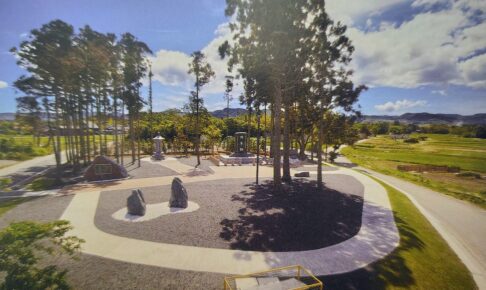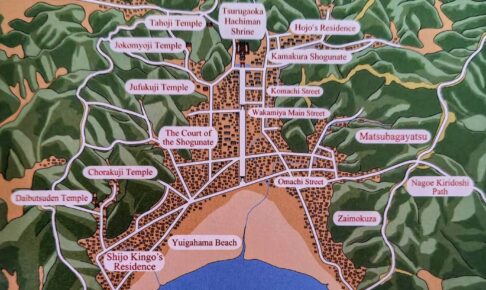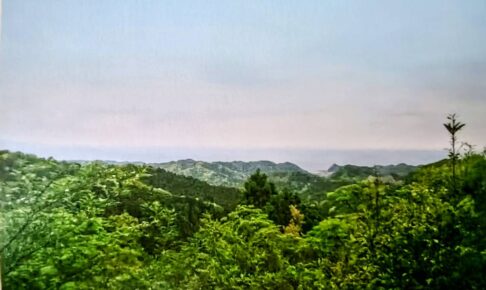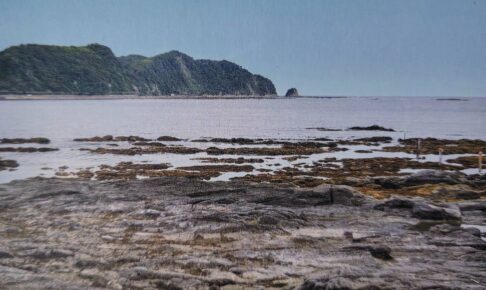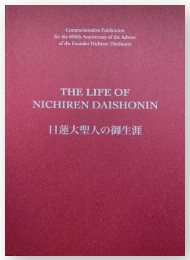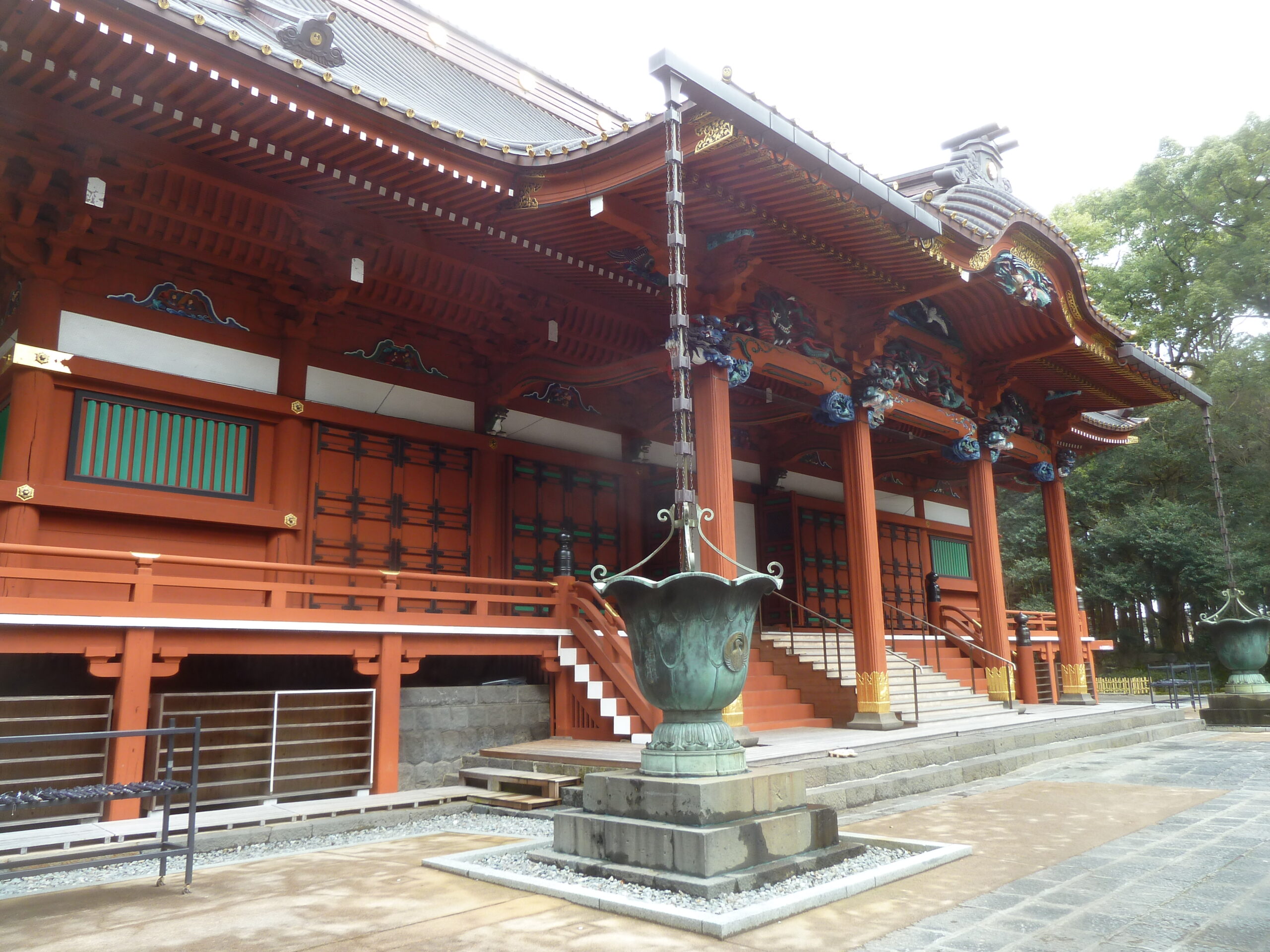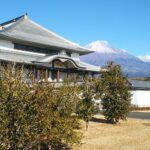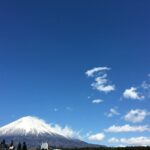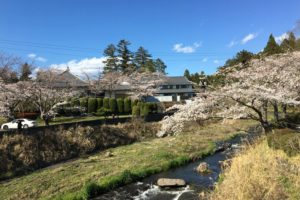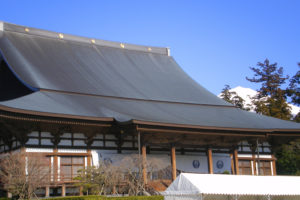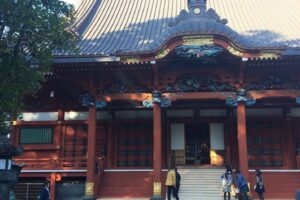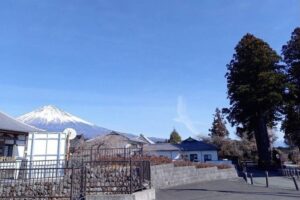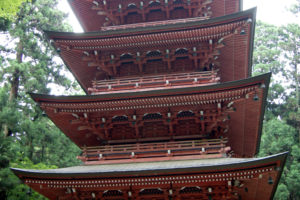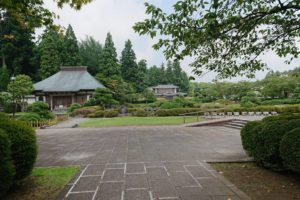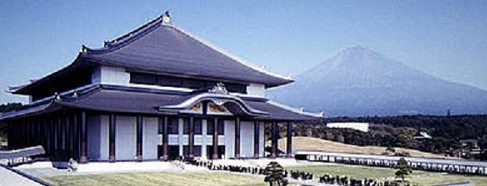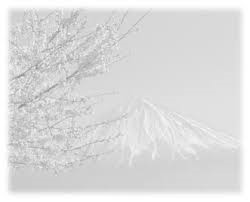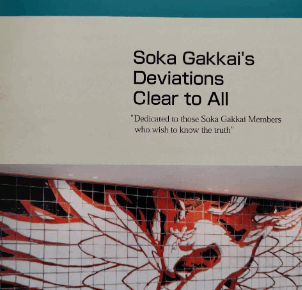Contents
- 1. Expounding the Significance of Practice
- 2. Practice is Expounded in the Transmission of the Lotus Sutra
- 3. The Essential Significance of the Four Stages of Faith and Five Stages of Practice
- 4. The Essentials of Practice: To Produce Even a Single Moment’s Faith and Understanding and To Rejoice upon First Hearing the Lotus Sutra
- 5. Chanting Daimoku is the True Practice in the Latter Day of the Law.
1. Expounding the Significance of Practice
My sermon today will focus on the principle of “practice” as it is expounded in the Gosho, “On the Four Stages of Faith and the Five Stages of Practice” (Shishin gohon sho).
This Gosho was written in Minobu, in the third year of Kenji (1277), when Nichiren Daishonin was 56 years of age. In it, the Daishonin revealed the attitude in faith that we must uphold in the Latter Day of the Law. In both Buddhist Law and secular law, it is essential to embrace the most superior doctrine.
In Buddhism, regardless of the superior nature of the Law, without practice, we would be unable to expiate the karmic sins from our past lives and to achieve the supreme benefit of enlightenment.
Our High Priest Nikken Shonin instructed us on the importance of practice as follows:
Practice must accompany any religion without fail. Teaching a person about the treasures of another would be meaningless. A person can actively use a treasure only when he possesses that treasure himself. In the same way, however precious the teachings of Buddhism may be,
benefits can be attained only after their value is clearly manifested in a person’s life. Accordingly, practice is essential. (Dai Nichiren, No. 697)
2. Practice is Expounded in the Transmission of the Lotus Sutra
The Lotus Sutra consists of three divisions: the preparation (the introductory remarks of the sutra); the revelation (the main part and the discussion of the subject in the sutra); and the transmission (the part that promotes the propagation of the sutra to the people). The four stages of faith and the five stages of practice are expounded in The Distinction of Benefits (Fumbetsu kudoku; seventeenth) chapter of the Lotus Sutra, which corresponds to the transmission section of the sutra. In the following passage, Nichiren Daishonin explained that the four stages of faith and the five stages of practice represent the essential significance of faith and practice:
The four stages of faith and five stages of practice expounded in the Fumbetsu kudoku chapter represent the most important essential in the practice of the Lotus Sutra, a mirror to persons living in the time of the Buddha and after his passing. (Gosho, p. 1111; MW-6, p. 212)
3. The Essential Significance of the Four Stages of Faith and Five Stages of Practice
First, the four stages of faith, also known as the “current four stages of faith,” refer to the four stages for those who embraced the Lotus Sutra during Shakyamuni’s lifetime. Briefly, they consist of the following:
• To produce even a single moment of faith in the sutra: This means that people would listen to and believe in the Lotus Sutra and seek to foster faith.
• To understand the Buddha’s teaching in the sutra: This refers to how the people would cultivate a general understanding of and belief in the contents of the sutra.
• To propagate this teaching widely to others: This indicates how the people, themselves, would believe in the teachings for which they cultivated an understanding, and how they would then propagate these teachings to others.
• To realize the truth expounded by the Buddha with deep faith: This signifies how people would foster profound faith in the doctrines, actively participate in faith and practice, and receive benefits.
Thus, through these four stages, Shakyamuni explained the practice for those who embraced the Lotus Sutra during his lifetime.
Next, the five stages of practice, also known as the “five stages of practice following the Buddha’s passing,” are the five forms of practice to be performed by
the people in their practice of the Lotus Sutra, after the passing of Shakyamuni. These five stages are:
• To rejoice upon hearing the Lotus Sutra: This means that people feel joy when they first listen to the Lotus Sutra.
• To read and recite the sutra: This signifies that people will read and recite the Lotus Sutra.
• To propagate the Lotus Sutra: This means that the people will believe in and embrace the Lotus Sutra, and will expound it for the sake of others.
• To practice the six paramitas while embracing the Lotus Sutra: This means that the people will uphold the Lotus Sutra and perform the six paramitas, which consist of almsgiving, keeping the precepts, forbearance, assiduousness, meditation, and the obtaining of wisdom.
• To perfect the six paramitas: This refers to how the people will correctly perform the six paramitas, based on the Lotus Sutra.
These five stages of practice were set forth as being essential for people after the passing of Shakyamuni.
However, Nichiren Daishonin wrote the following in this Gosho:
The first of the four stages of faith is that of producing even a single moment’s faith and understanding, and the first of the five stages of practice is that of rejoicing on first hearing the Lotus Sutra. These two stages together form a casket containing the treasures of the “hundred worlds and thousand factors” and the “three thousand realms in a single life-moment”; they are the gate from which all Buddhas of the ten directions and the three existences emerge.
(Gosho, p. 1111; MW-6, p. 213)
Thus, the Daishonin explained that the most essential item in the four stages of faith was to produce even a single moment’ s faith and understanding, and the most essential item in the five stages of practice was to rejoice upon first hearing the Lotus Sutra.
4. The Essentials of Practice: To Produce Even a Single Moment’s Faith and Understanding and To Rejoice upon First Hearing the Lotus Sutra
Now, I will explain in further detail the , issues of producing even a single moment of faith and understanding and of rejoicing upon first hearing the Lotus Sutra. In
our practice of Buddhism, there are three essential elements. They are the three types of learning: precepts, meditation, and wisdom (kai, jo, e).
“Precepts” are intended to stem injustice. They represent rules such as those against killing and stealing. “Meditation” is designed to cause one’s mind to become tranquil . “Wisdom” refers to knowledge and insight
Each of these three items is important, but it is difficult to expect people in the Latter Day of the Law to possess all three. It is difficult because, compared to the people who lived during Shakyamuni’s lifetime and during the Former and Middle Days of the Law, those in the Latter Day of the Law possess inferior capacity. Thus, Nichiren Daishonin indicated that of the three types of learning – precepts, meditation, and wisdom – the latter, “wisdom,” is most important for the people in the Latter Day of the Law.
In this Gosho, the Daishonin posited the following question:
In the Latter Day of the Law, is it necessary for beginners in the practice of the Lotus Sutra to devote themselves to all three types of learning associated with the perfect teaching?
(Gosho, p. 1112; MW-6, p. 216)
The question was whether or not it was necessary for practitioners in the Latter Day of the Law to perform all three types of learning, consisting of precepts, meditation, and wisdom. In response, he wrote:
The Buddha restricts (them)… from practicing precepts and meditation, and places all emphasis upon the single factor of wisdom.
(Gosho, p. 1112; MW-6, p. 216 )
Thus, he states that practicing precepts and meditation should be halted and the focus should be on wisdom.
However, people in the Latter Day of the Law are unable to even achieve this wisdom. Therefore, the Daishonin wrote:
And because our wisdom is inadequate, he teaches us to substitute faith, making this single word “faith” the foundation.
(Gosho, p. 1112; MW-6, p. 216)
Ultimately, Nichiren Daishonin explained that faith is the most essential element. Of the four stages of faith, this corresponds to the stage at which people produce even a single moment of faith in the sutra (ichinen shinge). This means that we are able to achieve all the benefits of precepts, meditation, and wisdom, by believing in the Gohonzon. We are fortunate, indeed, that this is the case.
Next, the first stage of the five stages of practice – to rejoice upon hearing the
Lotus Sutra – is expounded in The Benefits of Responding with Joy (Zuiki kudoku; eighteenth) chapter of the Lotus Sutra. It explains the tremendous benefit of rejoicing upon hearing the Lotus Sutra, known as the “benefit of rejoicing on the continual propagation to the fiftieth person.”
According to this process, we can assume that there are fifty people. The person who first rejoices upon hearing the Lotus Sutra proceeds to tell the next person about the Lotus Sutra. The process continues one after another, until the last of the fifty people hears about the Lotus Sutra. At the time the first forty-nine persons individually experience their joy, they will simultaneously receive the benefits of transmitting it to the next person. However, the fiftieth person will not receive the benefit of such transmission. The Daishonin explained this in the following passage from the Gosho:
[It describes] fifty persons who in turn hear and rejoice in the Lotus Sutra, the merit that they gain thereby decreasing with each successive person.(Gosho, p. 1112; MW-6, p. 215)
Thus, the Daishonin explains that, even though the benefits continue to wane successively from the second person, third person, and so on, the merits of the fiftieth person who hears and rejoices in the Lotus Sutra still exceeds that of those who continuously offer alms – great amounts of treasures such as gold and silver – over a period of eighty years. He wrote:
They are endowed with the benefit of the fiftieth person, surpassing that of one who gives alms to all living beings for a period of eighty years.
(Gosho, p. 1115; MW-6, p. 225)
Accordingly, we will receive tremendous benefits from listening to the Lotus Sutra, rejoicing and embracing it, and performing our Buddhist practice. Needless to say, the benefits of sharing that joy with others are exponentially great. For this reason, we must not lose sight for even an instant of the significance of doing shakubuku.
5. Chanting Daimoku is the True Practice in the Latter Day of the Law.
In concrete terms, the fundamentals of our faith and practice consist of Gongyo and Daimoku. Nichiren Daishonin wrote the following in his Gosho, “On the Four Stages of Faith and the Five Stages of Practice”:
Such persons are restricted from practicing almsgiving, the keeping of the precepts, and the others of the five paramitas, and are directed to chant Nam-Myoho-Renge-Kyo exclusively. This practice corresponds to the capacity of persons at the stages of “producing even a single moment s faith and understanding” and “rejoicing on first hearing the Lotus Sutra.” It represents the true intention of the Lotus Sutra.
(Gosho, p. 1113; MW-6, p. 219)
He further stated:
The five characters of Myoho-Renge-Kyo do not represent the sutra text, nor are they its meaning. They are nothing other than the intent of the entire sutra.
(Gosho, p. 1114; MW-6, p. 224)
Myoho-Renge-Kyo represents the Lotus Sutra, and the entirety of the benefits of the Lotus Sutra is contained in Myoho-Renge-Kyo. Accordingly, we must truly understand the tremendous benefits of chanting Daimoku.
Due to a profound karmic bond, we were able to encounter this True Buddhism of the Three Great Secret Laws of the Essential Teaching (Honmon). As it is expounded in the Gosho, “On the Four Stages of Faith and the Five Stages of Practice” (Shishin gohon sho), we can achieve great benefits by performing Buddhist practice in our lives.
In concrete terms, this Buddhist practice consists of upholding absolute faith in the Dai-Gohonzon of the High Sanctuary of True Buddhism, enshrined in the Hoando Enshrinement Hall at our Head Temple Taisekiji; it further consists of never losing the original, pure faith and determination that we possessed when we first took faith in True Buddhism. We must spare no efforts in constantly chanting Nam-Myoho-Renge-Kyo, and we must joyfully put forth our utmost efforts in doing shakubuku.
Moreover, it is essential for us to base our daily lives on our consistent practice of morning and evening Gongyo and Daimoku. We must amass great benefits for ourselves and do shakubuku to tell many people about the benefits of this practice.
Let us all redouble our efforts in our faith and practice, as we advance together towards the year 2009, the 750th Anniversary of the Promotion of Justice Through the Submission of the Rissho ankoku-ron.

